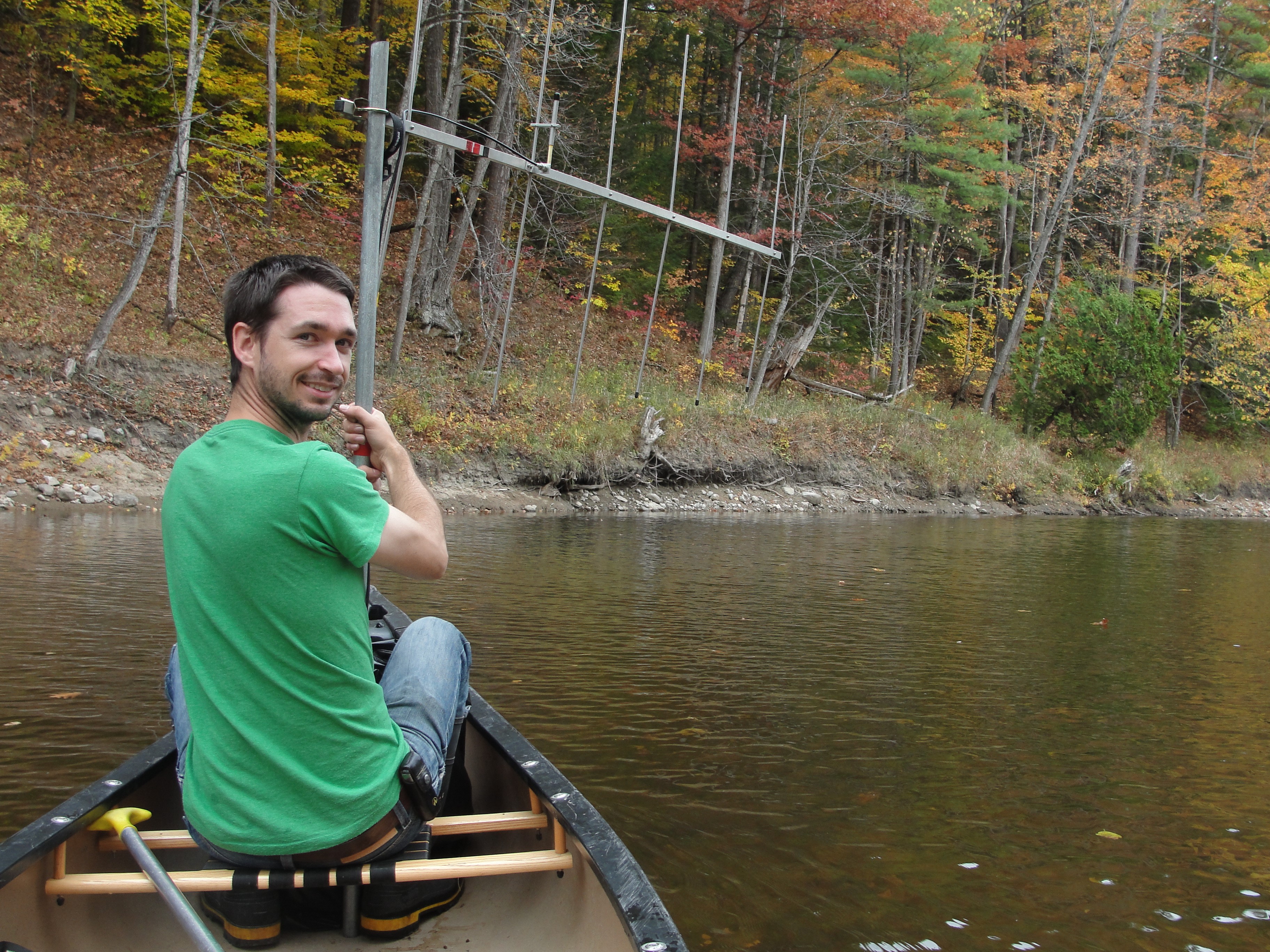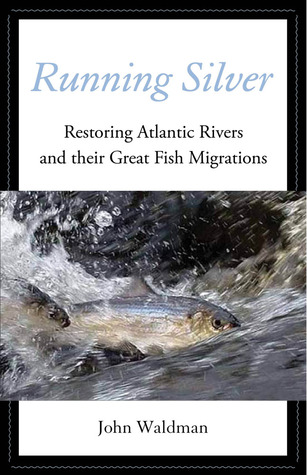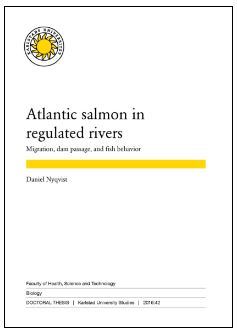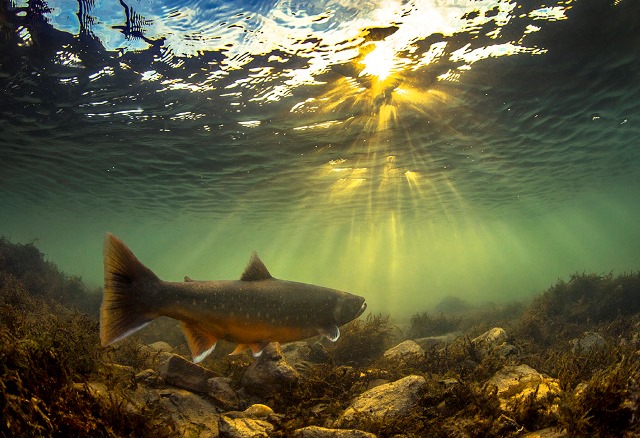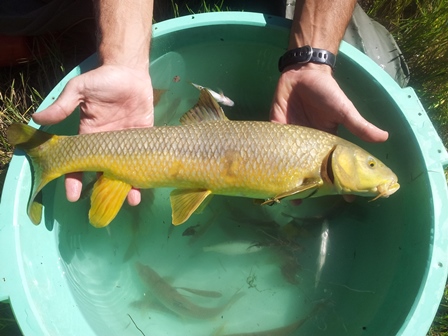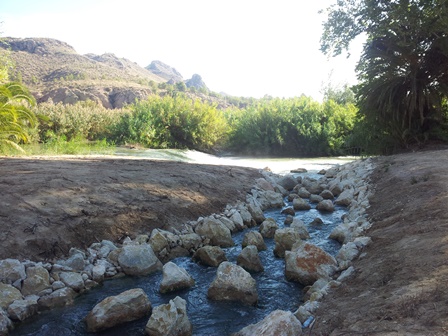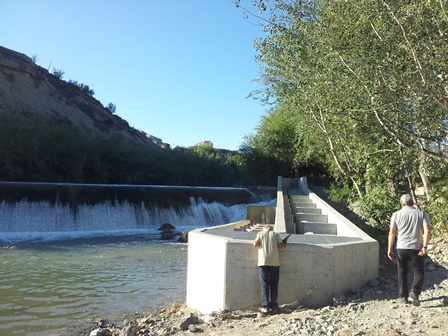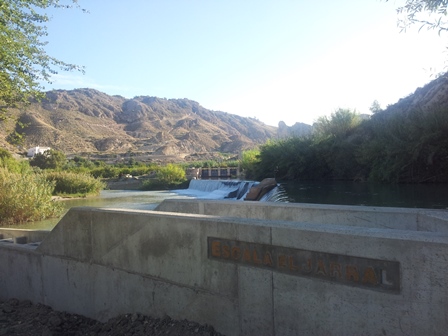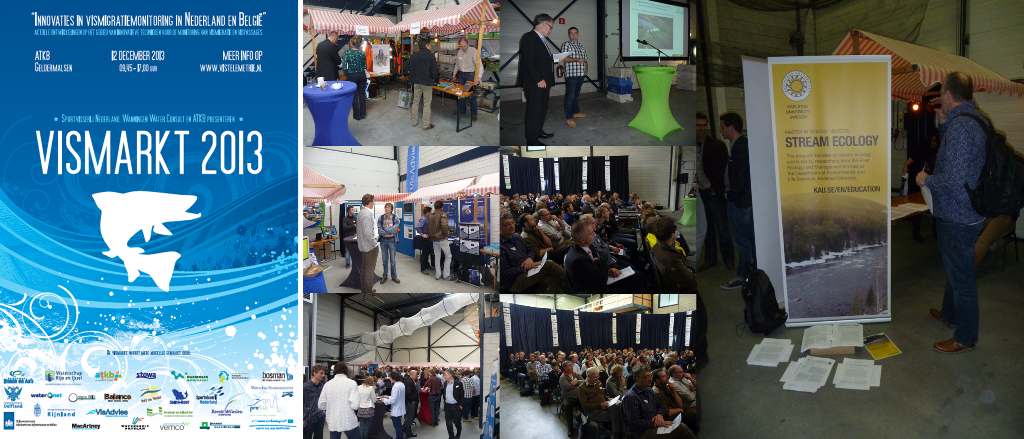Paper: Experimental hydraulics on fish-friendly trash-racks: an ecological approach
Posted by Karl Filipsson | Project SafePassMarcell Szabo-Meszaros, Christy Ushanth Navaratnam, Jochen Aberle, Knut Alfredsen (Norwegian University of Science and Technology), Ana T. Silva, Torbjørn Forseth (Norwegian Institute for Nature Research), Olle Calles (Karlstad University) and Hans-Petter Fjeldstad (SINTEF Energy Research) recently published the scientific paper “Experimental hydraulics on fish-friendly trash-racks: an ecological approach” in the journal Ecological Engineering. The study is part of the project SafePass, where methods for safe and efficient migration for salmonids and European eel past hydropower structures are evaluated. SafePass aims to facilitate fish migration in regulated rivers, using perspectives of both the fish and the hydropower industry. Read more about SafePass here.
In the abstract of the paper, the authors write: ”The obstruction of fish migratory routes by hydroelectric facilities is worldwide one of the major threats to freshwater fishes. During downstream migration, fish may be injured or killed on the trash-racks or in the hydropower turbines. Fish-friendly trash-racks that combine both ecological and technical requirements are a solution to mitigate fish mortality at a low operational cost. This study presents results from an experimental investigation of head-losses and the hydrodynamic performance of six angled trash-rack types with 15 mm bar spacing, varying bar-setup (vertical-streamwise, vertical-angled and horizontal bars) and bar profiles (rectangular and drop shape) under steady flow conditions. The trash-racks were positioned at 30° to the wall of the flume and combined with a bypass at their downstream end. The impact of the different trash-rack types on the upstream flow field was characterized using Image based Volumetric 3-component Velocimetry (V3V) and at the bypass-entrance using an Acoustic Doppler Velocimeter (ADV). The results show that trash-racks with vertical streamwise and horizontal oriented bars with drop-shape profiles have similar head-losses (13% difference), while trash-racks with vertical-angled bars provide 3–8 times larger head-losses compared to the remaining configurations. The velocity measurements showed that the highest flow velocities occurred for configurations with vertical-angled bars (0.67ms−1 and 0.81ms−1 on average, respectively).Turbulence related parameters (e.g. Reynolds shear stresses and Turbulent kinetic energy) were also investigated to evaluate the performance of the alternative trash-racks from both, engineering and ecological perspectives.”
Access the paper here, or e-mail any of the authors.
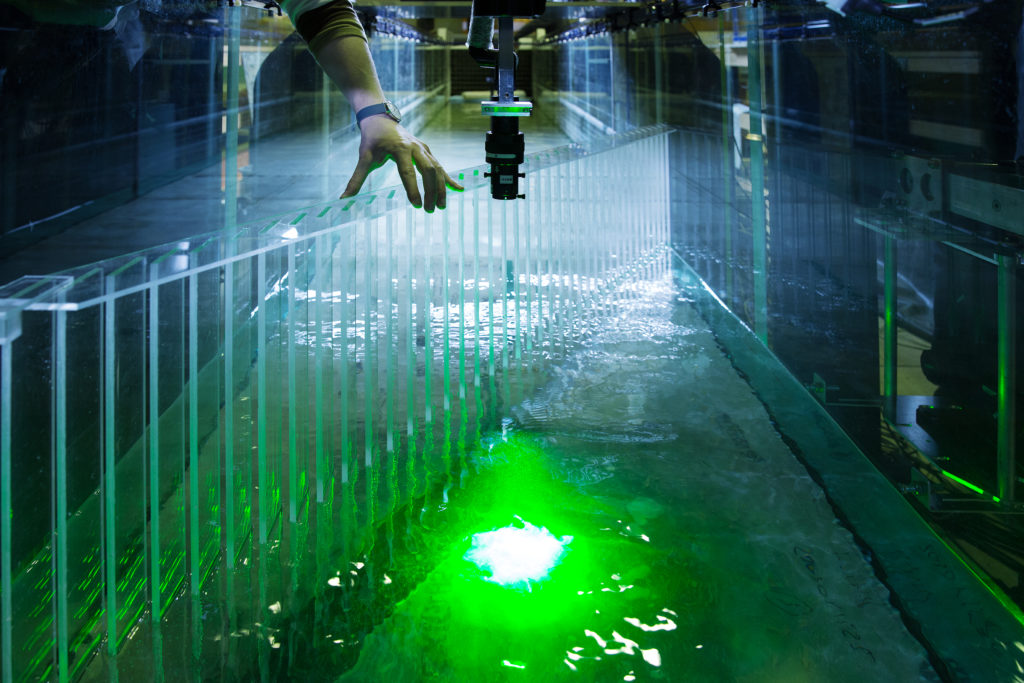
The Volumetric 3-component Velocimetry (V3V) system used in the study.




